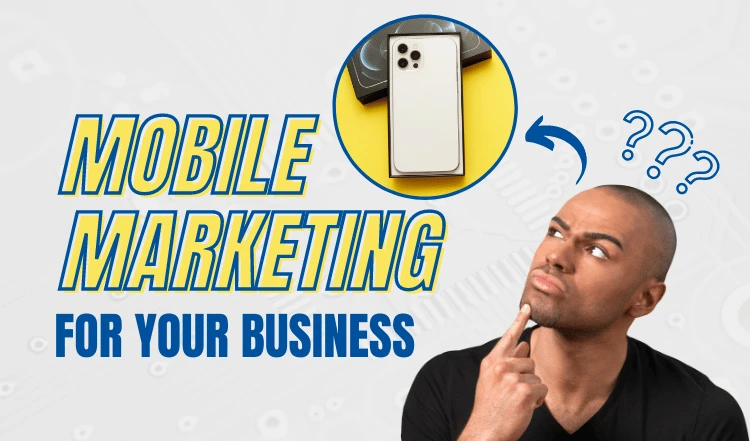When you embark on a mobile advertising campaign, it’s important to realize that your mobile ads should not be thrown together with your desktop advertising. It’s not the same thing and needs special consideration separate from your other campaigns. Simply resizing ads to fit mobile isn’t going to cut it.
Here are some common mistakes you’ll want to avoid.
Following Trends Instead of Following Your Audience
Any guru can get on a webinar and tell you that the best ad to deliver is a full-screen ad, or an in-content ad, or something else entirely – but will that be right for your audience? There is no way of knowing without conducting a study.
Start with the trends, but conduct more research, test out assumptions, poll your audience and get the answers you need to make the right designs as you embark on improving your mobile advertising campaigns.
Forgetting to Create In-App Ads
An in-app advertisement is often overlooked in favor of simple desktop ads.
The problem with this is that most people tend to interact more with in-app ads over what feels like more general ads being delivered via search engines.
An ad inside an app is going to be much more targeted to a specific user and convert at a higher rate because of it.
Not Ensuring Universal Viewability
An advertisement developed for mobile has so many things to keep in mind – from screen size, to how the ad looks on the screen, to whether it’s going to distract from or add to the value of the user’s experience.
If it’s not easily understandable and viewable, it’s not going to work as well.
Always ensure your ads are easily viewable without clicking so that they’ll be enticed to click.
Failing to Account for User Experience
The most important aspect of a mobile advertisement is the user.
How does the advertisement affect the user’s experience?
It should add value to the user even if they don’t choose to buy the suggested item or sign up for the list. Taking time to view the advertisement should provide some form of information and value to them too.
Using the Wrong Type of Advertisement
You have many choices for types of ads to deliver on mobile, including banner ads, native ads, interstitial ads, video ads, and rich media ads – plus combinations and sub-categories of all the above.
The right advertisement for you may be different from what someone else thinks is right.
The only way to know for sure is to study your audience and test your assumptions.
Poor Audience Targeting
If you don’t know exactly who your audience is and which portion you’re targeting with a single advertisement, you’re trying to work too soon.
It’s best to first get a handle on your audience, their buying journey, and how you can put your information in front of them at every stage of the buyer’s journey in a way that gets results.
Being Too Obtrusive
No one wants an ad taking over their experience on mobile and not being able to get out of it.
Make sure your ads are easy to understand, click through, or click out of quickly.
Making this hard is not going to improve conversions at all. Instead, always think of your audience and how the ad affects them and their experience.
Creating Weak Calls to Action (or No CTA)
Not including a CTA is a big problem with mobile ads. If you don’t tell your audience what to do and how to do it, why they should do it, and when to do it, it’s not likely they will.
This is human nature.
You will need to lead them toward the actions you want them to take, and a well-crafted CTA will get them there.
Sending Ads at the Wrong Time
Your audience has a preferred time of day when they will be more responsive to advertisements when they see them. Knowing this is going to help ensure that you launch all your mobile ads at the right time and day for maximum conversions.
Poorly Designed Content
Ensure that the content you deliver on mobile is designed well, using the best technology of today.
You want the ad to deliver in the right size, clearly, and work the right way each time someone interacts with it.
The colors, the fonts, the size and how it works with interaction are all important in this equation.
Not Creating Specific Ads for Mobile
It’s true that you’re going to create ads for other venues besides mobile, but it’s important to have a mobile-first strategy when it comes to using mobile ads.
That means creating ads designed for mobile and not for the desktop first, instead of trying to adjust desktop ads to mobile ads.
If you keep these common problems with mobile ads in mind as you move forward, you may be able to avoid them. The main thing is that you must put your audience first.
Understand how your audience travels through their buying journey so that you know just the right content to deliver to them at the right time, which maximizes your conversions and boosts your return on investment.





